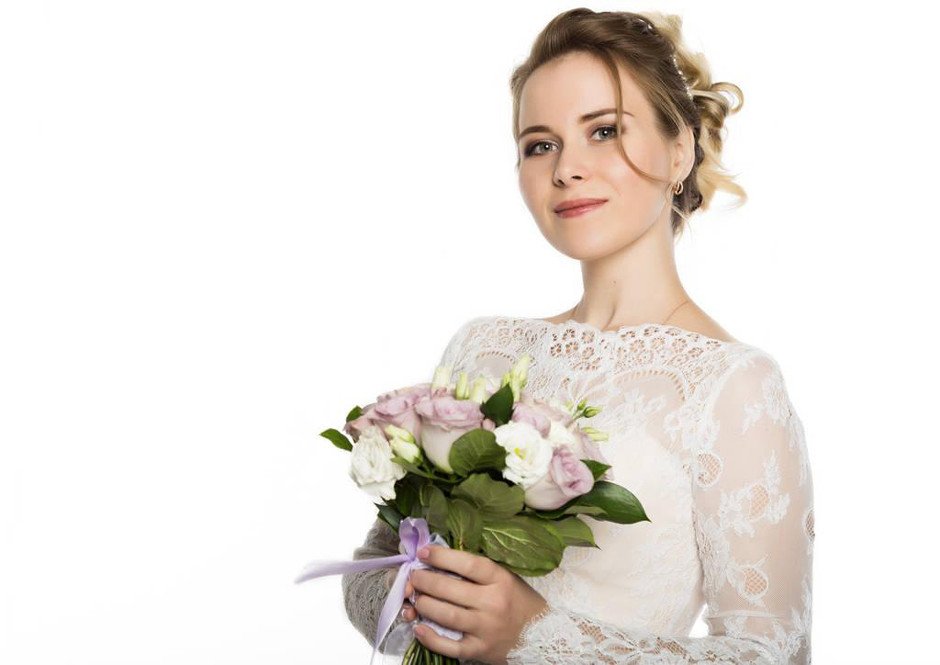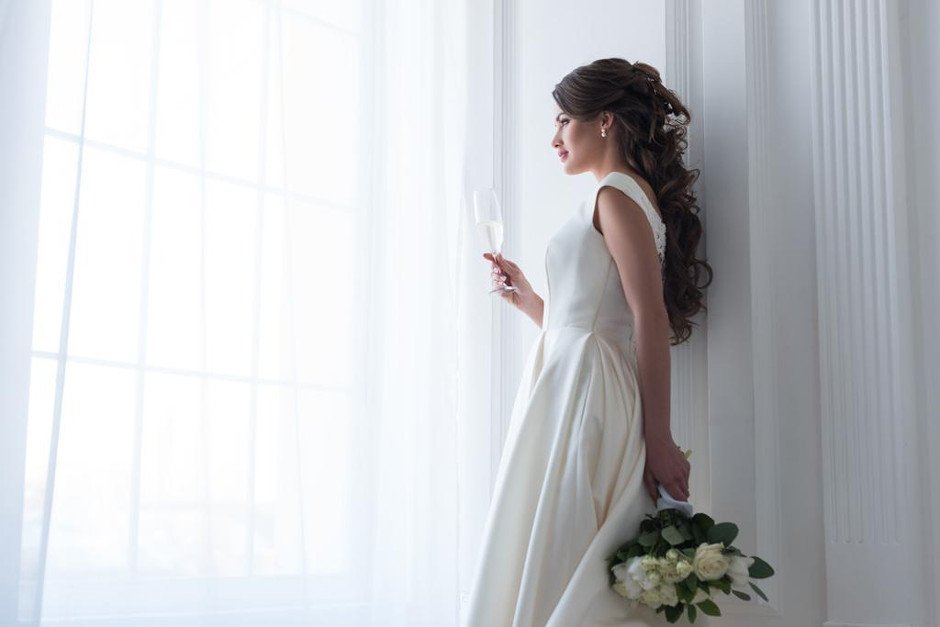Gather Supplies: Floral Tape, Floral Wire, Floral Shears, Ribbon, and Fresh Flowers of Different Varieties
When it comes to creating stunning floral arrangements, having the right supplies is essential. Whether you’re a professional florist or just crafting something special for a loved one, gathering your supplies and tools beforehand will make your project go more smoothly. In fact, some say that the bouquet is just as important as the wedding ring! Here’s what you need to get started:
Floral Tape: Floral tape is essential when it comes to making bouquets and other arrangements. It helps hold the stems of flowers together while allowing them to be moved and shaped with ease. Look for floral tape that is waterproof and has an adhesive backing so that it doesn’t slip off the stems as you work with them.
Floral Wire: Floral wire can help add extra stability to your arrangement by wrapping around the stems of larger blooms or even holding multiple blooms together in one spot. Be sure to use wire cutters when working with wire so that you don’t damage any delicate petals in the process! The best bridal bouquets come in a variety of shapes, sizes, and colors to cater to each bride’s individual style.
Floral Shears: A good pair of shears will help make quick work of trimming flower stems for easier arranging and also allow for precision cuts if needed. Make sure you choose a pair specifically designed for cutting flowers as regular scissors may not do the job properly!
Choose a Design: Consider the Color Scheme of the Wedding and Select Appropriate Flower Varieties
When it comes to planning a wedding, selecting flowers is an important part of the overall design. The colors and types of flowers you choose will play an integral role in setting the tone for your special day. While there are countless varieties of flowers available, choosing ones that coordinate with the color scheme of your wedding can help create a cohesive look that will enhance your overall design.
Start by selecting primary and accent colors for your wedding. Choose colors that reflect the style and theme of your event as well as complement one another. Once you have chosen these colors, use them to begin selecting flower varieties that match or harmonize with them. Consider both flower type and color when making this decision – if you’re having a formal affair, roses may be appropriate; if it’s more casual, opt for wildflowers or daisies instead. Additionally, consider adding seasonal blooms such as tulips in spring or poinsettias during winter months to add texture and interest to the arrangements without overpowering other elements of your décor.

Prepare the Flowers: Trim Stems at an Angle and Remove Leaves Below the Water Line
When arranging flowers, trimming the stems at an angle and removing leaves below the water line is essential for keeping them looking their best. This simple technique allows more water to reach the flower as well as prevents bacteria growth in your vase.
One of the first steps in preparing flowers is trimming the stems. This should be done with a sharp knife or scissors so that you can make a clean cut at an angle. Cutting them diagonally will help to increase their surface area and allow more water to travel up the stem and reach all parts of the flower. It’s also important to cut off any extra foliage that may be present on your flower’s stem; this will help prevent bacteria from growing in your vase water, which can cause premature wilting of your blooms.
Another important step when preparing flowers is removing any leaves that are below the water line. When leaves are left in contact with standing water for extended periods, they can start to decay, introducing bacteria into your vase which could cause problems for other nearby blooms too!
Arrange the Flowers in a Bouquet Holder or Vase: Create a Balanced Look with Contrasting Colors and Textures
Arranging flowers in a bouquet holder or vase is an art form and one that few master. Creating a balanced look with contrasting colors and textures is an important part of the process, as this ensures that the result looks visually pleasing.
The first step is to choose the flowers you want to use in your arrangement. Consider both color and texture when making this decision – contrast can be very effective here. If you’re going for a more subdued look, choose flowers with soft hues such as pastels or whites. For something more vibrant, bolder colors like reds and purples can give your arrangement a pop of personality. Selecting foliage with different textures – such as wispy eucalyptus or leathery magnolia leaves – can add depth to your design as well.
Once you’ve chosen your floral elements, it’s time to start arranging them in the bouquet holder or vase of choice. Begin by placing the largest flower near the back center of the vessel; from there, build outward by adding other blooms around it at gradually decreasing heights until all available space has been filled up completely.
Secure Each Flower in Place with Floral Tape or Wire: Make Sure to Leave Plenty of Room for Movement to Avoid Crushing Petals
Working with flowers can often be a daunting task, especially if you’re trying to create an arrangement that looks professional. One of the keys to achieving a successful floral arrangement is to secure each flower in place with floral tape or wire. This ensures that your flowers stay in place and won’t move around as you are arranging them.
When selecting floral tape or wire, choose something flexible and soft enough so it doesn’t damage the petals of your flowers. You can usually find these supplies at craft stores or hobby shops. Once you have selected the right supplies, it’s time to get started on securing your flowers in place.
Begin by cutting off a length of the tape or wire and wrapping it around each stem several times until it is secure but not tight enough that it will crush the petals of your flower when moved around. Make sure to leave plenty of room for movement so that you don’t accidentally damage any petals during arranging and transferring processes later on down the line. The amount of space left between wraps will depend on how delicate your particular flower is but keep in mind even hardier blooms should still be handled gently during this step as well!
Wrap the Bouquet with Ribbon or Tulle for Added Decoration
If you’re looking for a creative way to dress up your flower bouquets, wrapping them with ribbon or tulle is an easy and eye-catching way to do it. Not only will the wrapping add a decorative touch, but it can also help preserve the flowers for longer. Here’s how you can wrap your bouquet with ribbon or tulle for added decoration.
First, you’ll need to pick out your fabric of choice – ribbon or tulle. Tulle is a lightweight and airy material that comes in many colors and sizes, so you can find something that matches your bouquet perfectly. Ribbon can also be used; satin ribbons work best as they have more body and hold their shape better than grosgrain choices.
Next, measure the length of fabric needed to cover the entire circumference of your bouquet. Add an extra 6 inches as this will make it easier to tie off when finished. Cut two pieces of fabric at this length – one piece of ribbon and one piece of tulle (or two pieces if using both).






